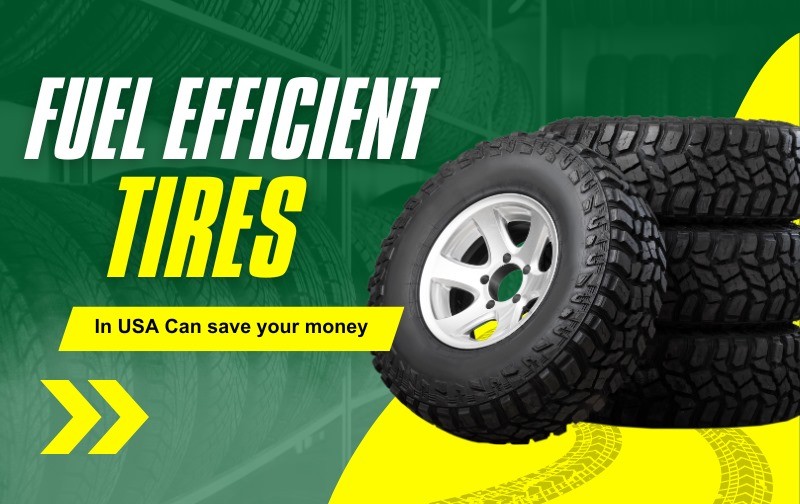Be Your Body Shop Hero: Mastering the Dent Puller
That rogue shopping cart, a stray hailstone, or a door ding from a careless neighbor – all can leave unsightly dents in your beloved vehicle. Before you despair and head straight to the body shop, consider the DIY route with a dent puller! BS Auto Supplies offers a wide array of dent puller kits to empower you to tackle those pesky imperfections yourself. But how do you use them effectively? Fear not, for this guide will equip you with the knowledge to become your body shop hero.
Knowing Your Enemy: The Dent Diagnosis
Not all dents are created equal. Before diving headfirst into repairs, take a moment to assess the enemy:
Size and Depth: Smaller, shallower dents are ideal candidates for DIY dent puller battles. Deeper dents or those with sharp creases might require the expertise of a professional.
Location: Dents on flat, easily accessible panels are generally easier to work with than those on curved surfaces or near edges.
Paint Condition: If the paint is cracked or chipped, using a dent puller could worsen the damage.
Gearing Up for War: Choosing Your Dent Puller Weapon
BS Auto Supplies offers a diverse arsenal of dent puller kits, each with its strengths:
Slide Hammer and Glue Tabs: This classic combo excels against shallow dents on flat areas. The glue tab adheres to the dent, and the slide hammer creates a powerful pulling force.
Suction Cup Puller: Ideal for shallow dents on smooth surfaces like windshields or plastic trim.
Hook and Ring Puller: Useful for reaching dents in tight spots or near edges. Requires access behind the panel.
Preparing the Battlefield: Cleaning is Crucial
For a successful dent removal mission, a clean work area is paramount:
1. Wash the Area: Thoroughly clean the dented area with soap and water to remove any dirt, grease, or wax that can hinder glue adhesion.
2. Dry Completely: Ensure the surface is completely dry before proceeding. A damp surface won't allow the glue tab to form a secure bond.
Engaging the Enemy: Applying the Puller
Now comes the moment of truth – deploying the dent puller! Here's a general process (refer to your specific kit's instructions for details):
Selecting the Right Pulling Tab: Choose a tab size slightly larger than the dent for optimal pulling power.
Applying the Glue: Apply a thin layer of hot glue to the center of the pulling tab, following the kit's instructions to ensure proper adhesion.
Adhering the Tab: Carefully press the glue tab onto the center of the dent, holding it firmly for the recommended time (usually a few minutes) to create a strong bond.
The Pull Back: Patience is Your Ally
Once the glue has set, it's time for the grand pull:
Attaching the Puller: Connect the slide hammer or other pulling device to the pulling tab according to the kit's instructions.
Slow and Steady Wins the Race: Apply gentle, controlled pulling force. Patience is key here. Don't yank or jerk, as this can worsen the dent or damage the paint.
Work from Different Angles: For larger or deeper dents, you might need to reposition the pulling tab and apply force from various directions to achieve a more even pull.
Checking Progress: Regularly assess the dent's progress. If it's not budging, it might be time to call in a professional for more advanced techniques.
Victory Lap: Finishing Touches
Once the dent is mostly removed, there might be minor imperfections:
Heat is Your Friend: A hairdryer or heat lamp (used cautiously) can help relax any remaining stiffness in the metal, allowing for easier removal of shallow marks.
Light Massage: For shallow marks, gently massaging the area with a soft cloth might help even out the surface.
When to Call in the Cavalry
While dent pullers are effective for minor repairs, there are situations where professional help is recommended:
Deep Dents: Dents that are very deep or have sharp creases require specialized tools and techniques.
Extensive Damage: If there's a large area of dents or damaged paint, seeking professional body shop repair is best.
Unsure of Yourself: If you're unsure about the severity of the dent or your DIY skills, it's always safer to consult a professional.
Dent Pullers: Your Budget-Friendly Weapon
By following these tips and using the right tools from BS Auto Supplies, you can tackle many minor dents yourself. Remember, start small, be patient, and don't hesitate.






1 Comments
Laurent
July 22, 2024BS Auto Supplies’ dent puller guide is incredibly useful for DIY enthusiasts, offering practical advice on assessing and repairing minor dents effectively, empowering you to save money on body shop visits.